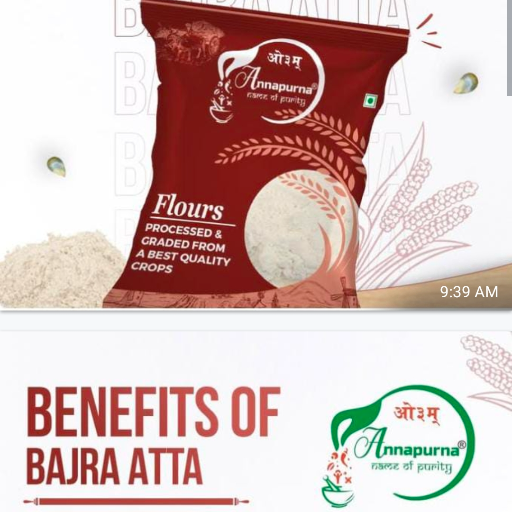In the bustling town of Jaipur, nestled between the vibrant bazaars and serene temples, resides a family whose story is both familiar and enlightening. Meet the Sharmas Ramesh, Priya, and their two children, Ananya and Aarav. Like many Indian families, the Sharmas juggle demanding jobs, school commitments, and an array of household chores. In the midst of their daily hustle, they face a common yet significant problem – maintaining a healthy diet that caters to the diverse nutritional needs of their family.
The root of their concern lies in the modern-day dietary shifts that have veered away from traditional grains towards more processed options. The Sharmas, particularly Priya, have noticed the increasing health issues linked to such dietary changes, including weight gain and reduced energy levels. Priya, determined to restore her family’s vitality, embarks on a quest to rediscover the wholesome grains of her grandmother’s kitchen. This journey leads her to a humble, yet powerful solution – Bajra Atta.
Bajra, also known as pearl millet, has been a staple in Indian households for centuries, especially in the arid regions of Rajasthan and Gujarat. Rich in essential nutrients like fiber, protein, and iron, Bajra Atta is not just a grain; it is a repository of health benefits. For Priya, incorporating Bajra Atta into her family’s diet becomes a mission to bridge the gap between tradition and modern health needs.
As Priya introduces Bajra Atta into her kitchen, she notices a remarkable transformation in her family’s health. The once lethargic mornings are now replaced with vibrant energy, thanks to the slow-releasing carbohydrates found in Bajra. Aarav, who often complained about feeling tired during his football practice, now has the stamina to play longer and harder. Ananya, too, finds herself more focused in her studies, free from the mid-morning slumps that once plagued her concentration.
The story of the Sharmas echoes across Indian households, where time is a luxury and health often takes a backseat. Bajra Atta emerges as a practical solution to a major problem faced by many the struggle to maintain a nutritious diet amidst the convenience of processed foods. It offers an emotional comfort as well, connecting families to their roots and the wholesome meals that once defined their childhoods.
Consider the case of Sunita, a working mother in Mumbai, who attributes her weight loss success to Bajra Atta. By replacing her regular roti with Bajra roti, she not only lost weight but also found a newfound appreciation for the earthy flavors of her native cuisine. Similarly, in Bangalore, Rajesh, a software engineer, credits his improved digestion and reduced cholesterol levels to the inclusion of Bajra Atta in his meals. These stories reinforce the notion that Bajra Atta is not merely a dietary choice but a lifestyle change that embraces the best of both worlds.
For those concerned about taste, Bajra Atta offers a versatile palate that can be adapted into various traditional recipes. From the classic Bajre ki Roti served with a dollop of ghee to innovative dishes like Bajra pancakes or cookies, the options are endless. Each meal becomes an opportunity to nurture the body while savoring the rich, nutty flavors that Bajra imparts.
In conclusion, Bajra Atta is more than just an ingredient; it is a testament to the resilience of Indian culinary traditions. For families like the Sharmas, it represents hope – hope for a healthier lifestyle, a deeper connection to their heritage, and the joy of nourishing their loved ones with the best nature has to offer. As modernity continues to shape our dietary habits, let us not forget the wisdom of the past and the grains that have sustained generations. Bajra Atta is not just a solution; it is a celebration of tradition meeting the needs of today’s world.
Visit Vyaparify Site:
https://id.vyaparify.com/mohan-karyana-store 
